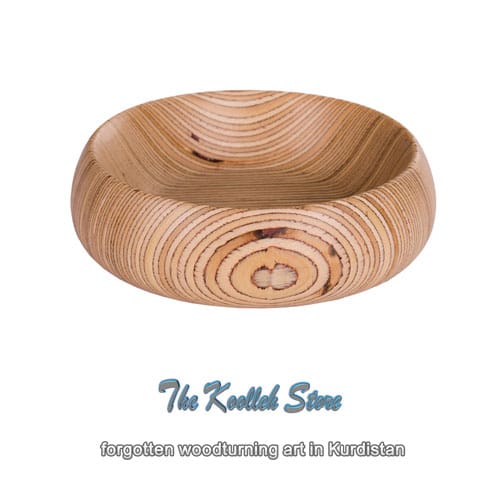forgotten woodturning art in Kurdistan

Farzad Navidi: Woodturning wood is one of the handicrafts that used to be very prosperous in Kurdistan province and people were active in this field, but now and over time, this field of handicrafts has been forgotten and is less considered. The woodturning workshops in Sanandaj and Baneh cities mostly produced products such as making all kinds of chess pieces, sofa and chair bases, fences, hookahs, pipes, pipes, etc. They also produce educational wood.
Now, the profession and art are done only in workshops by men, while in the past the products of this industry were made by people who were patient and careful in their work.
In the past, this art was used to make hookah wood, cigarette wood, canes and wooden fences, and today the products of this profession include sofas, chairs, clothes hangers, hookahs, canes and cigarette sticks, which are generally used and used.
The art of woodturning is now obsolete in the world and is only practiced in Sanandaj by a handicraft artist. In the art of woodturning, as in other fields of handicrafts, tools and facilities are required, such as woodturning wheels, bridges, bows and arrows, all kinds of caves and drills, all kinds of scissors, knives, axes, hammers and clamps. The art of woodturning is currently one of the endangered arts in Kurdistan Province due to the presence of industrial woodturning machines, so that currently the only person who is engaged in this art is Professor Rashid Fatehi, who works in a humble workshop with basic facilities. is. The method of making woodturning works is completely traditional with the help of hands, feet and tools, without the use of any electrical and industrial equipment. For coloring the product, depending on the application of the product, its coloring is done in the traditional way and using natural materials and pigments.
The presence of industrial woodturning machines, the market’s need for mass production and uniformity, the lack of support for unique products, the existence of only one artist left over from the generation of traditional carpets are among the threatening factors of this art.
In order to preserve and revive this old art, documenting and recording the method and method of work, introducing and promoting the unique features and values of the production method, providing a suitable platform and fields for teaching this field to young people by applying financial and spiritual support to Professor Rashid Fatehi It can be useful.

